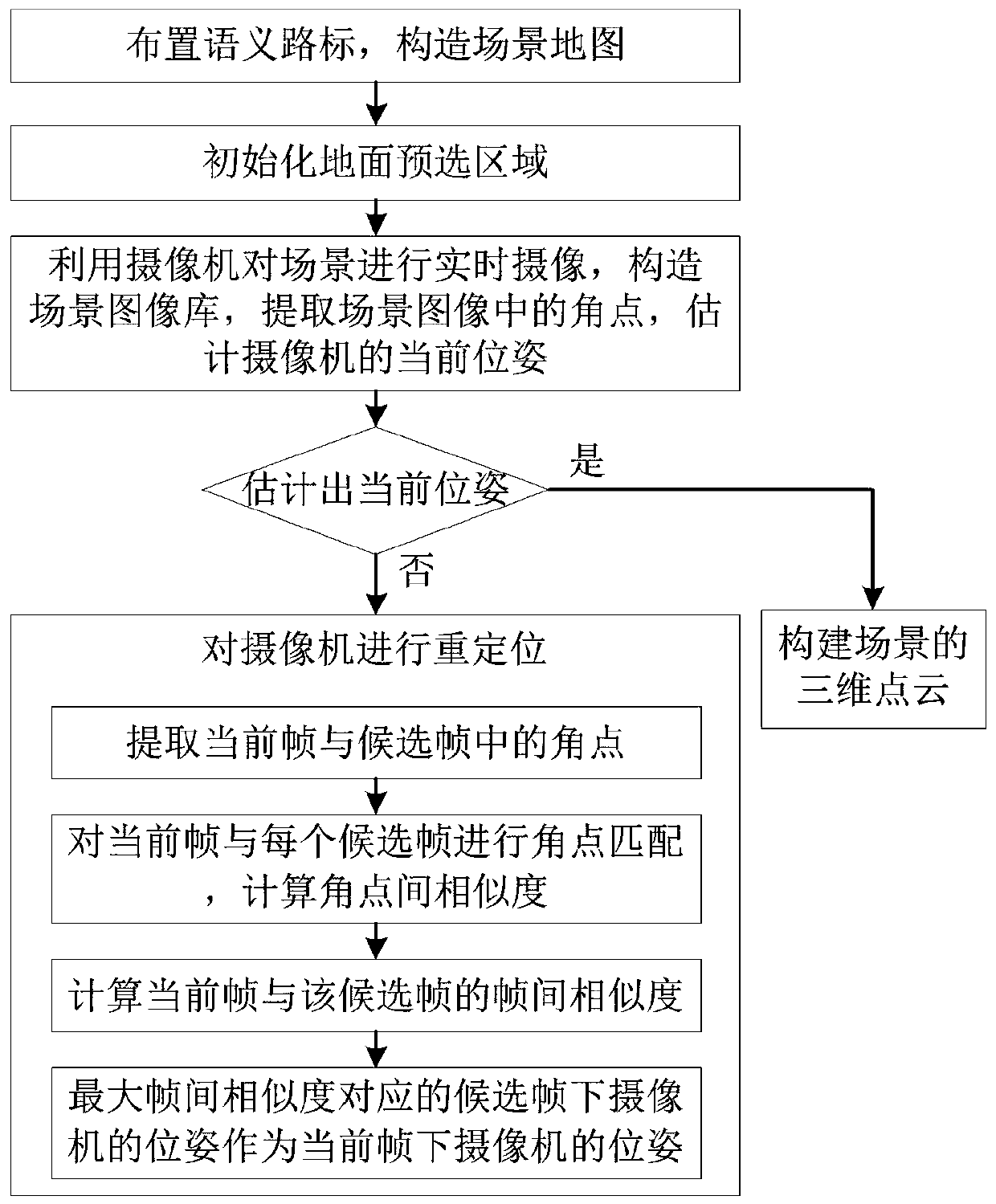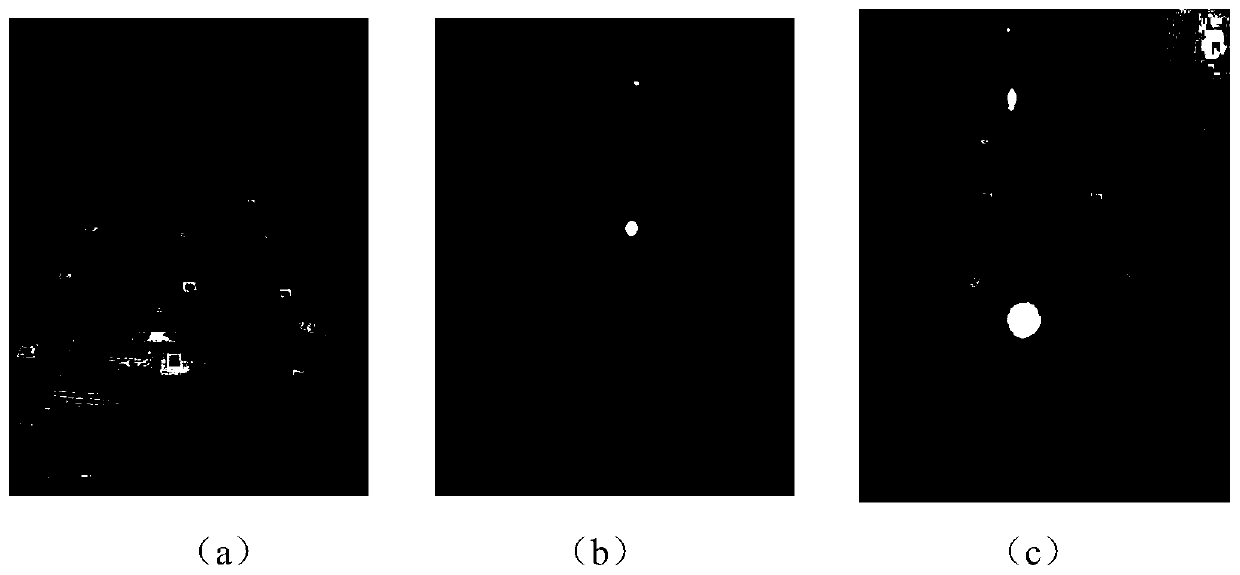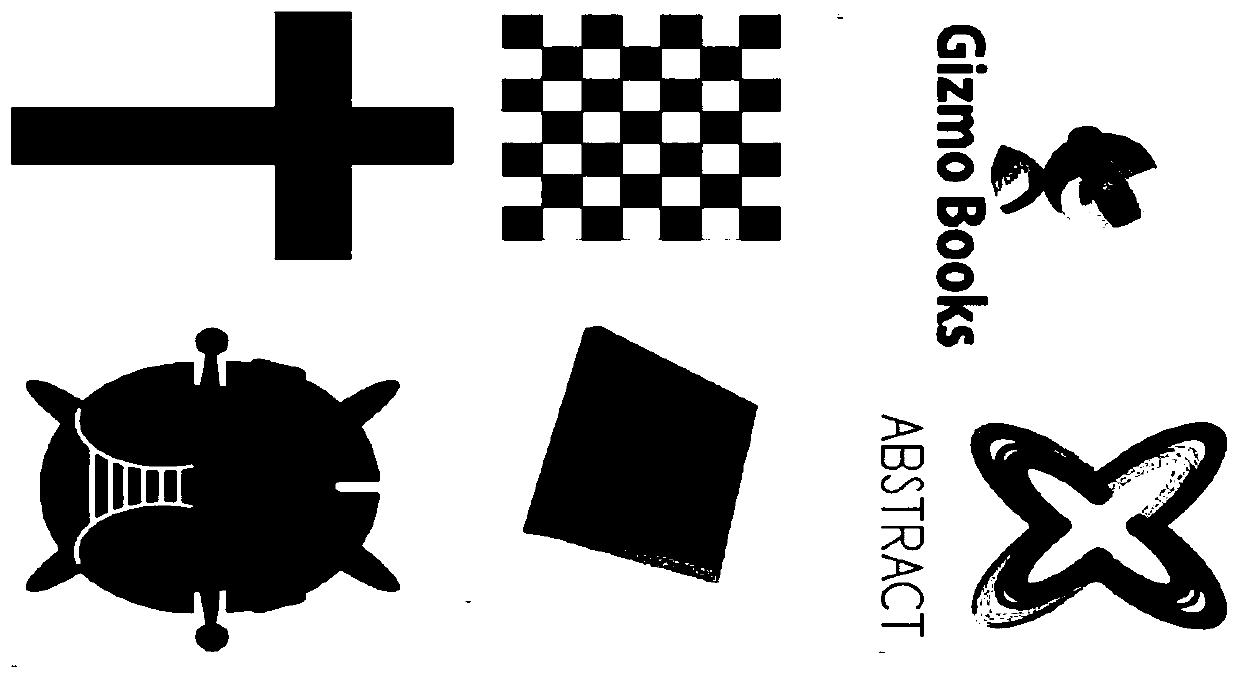Camera repositioning method based on semantic road sign
A camera and relocation technology, which is applied in the field of relocation, can solve the problems of low relocation accuracy and efficiency, insufficient robustness of the positioning system, and high object discrimination, so as to improve accuracy and efficiency, reduce calculation amount, and enhance robustness. sticky effect
- Summary
- Abstract
- Description
- Claims
- Application Information
AI Technical Summary
Problems solved by technology
Method used
Image
Examples
Embodiment Construction
[0029] The present invention will be further described below in conjunction with the accompanying drawings and specific embodiments.
[0030] Such as figure 1 As shown, the camera relocation method based on semantic landmarks of the present invention comprises the following steps:
[0031] Step 1: Arrange semantic landmarks on the ground of the working scene of the camera, and store the coordinates of the center point of each semantic landmark in the SLAM system to form a scene map.
[0032] In this example, if figure 2 As shown, the working scene is a corridor with a length of 200 meters, and the method of arranging semantic signposts is to arrange a semantic signpost every 50cm. Among them, semantic landmarks are markers with obvious characteristics, such as image 3 shown.
[0033] Step 2: Initialize the ground preselection area.
[0034] In this example, if Figure 4 As shown in , the white box part is the projection of the ground in the camera image coordinate syst...
PUM
 Login to View More
Login to View More Abstract
Description
Claims
Application Information
 Login to View More
Login to View More - R&D
- Intellectual Property
- Life Sciences
- Materials
- Tech Scout
- Unparalleled Data Quality
- Higher Quality Content
- 60% Fewer Hallucinations
Browse by: Latest US Patents, China's latest patents, Technical Efficacy Thesaurus, Application Domain, Technology Topic, Popular Technical Reports.
© 2025 PatSnap. All rights reserved.Legal|Privacy policy|Modern Slavery Act Transparency Statement|Sitemap|About US| Contact US: help@patsnap.com



